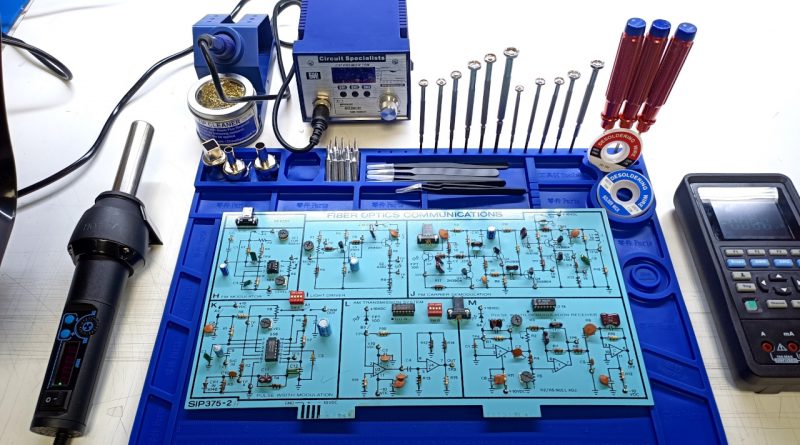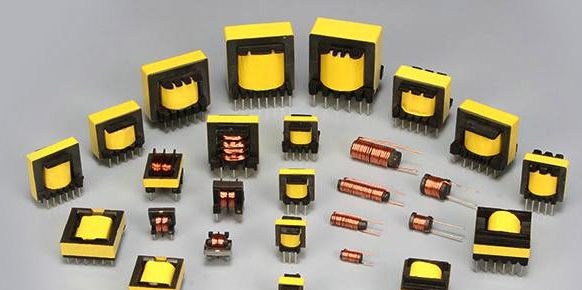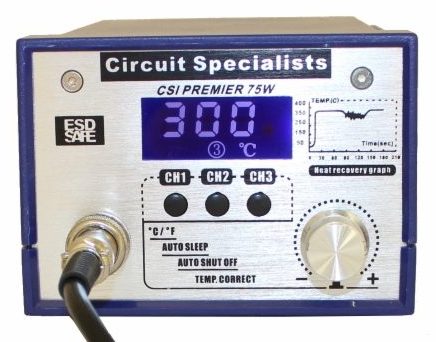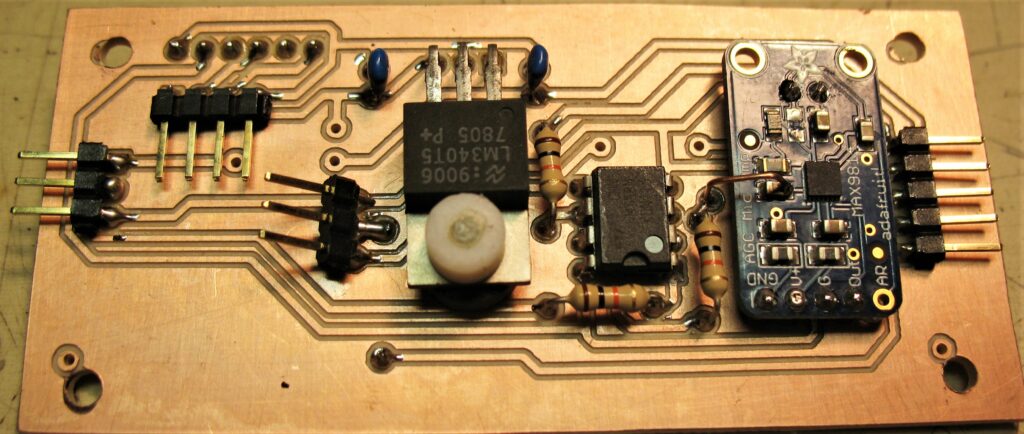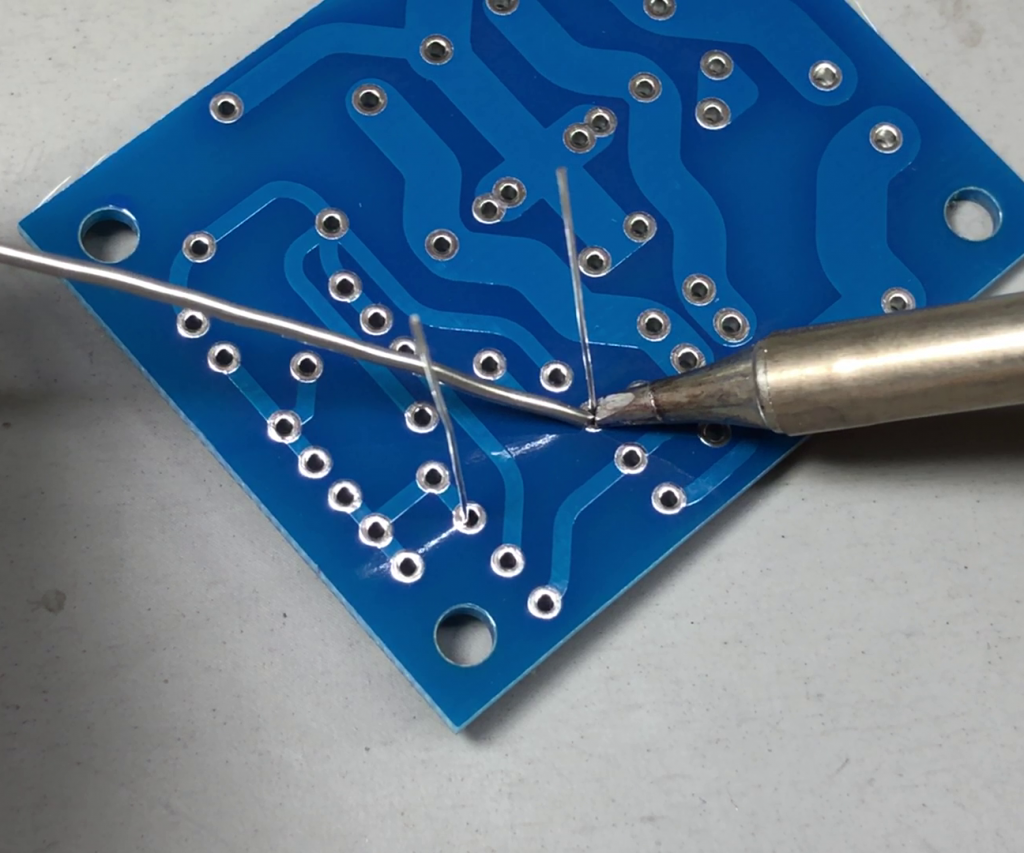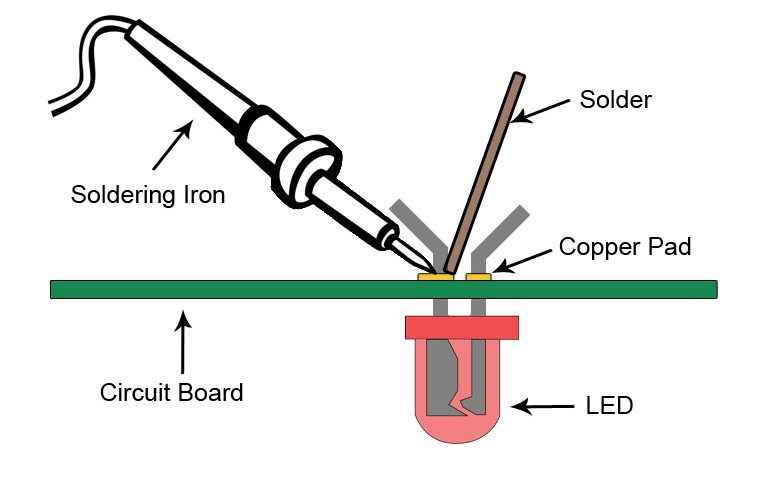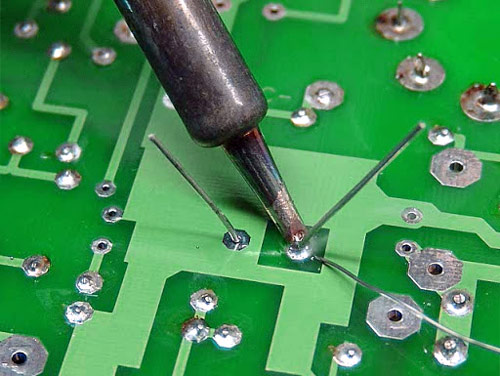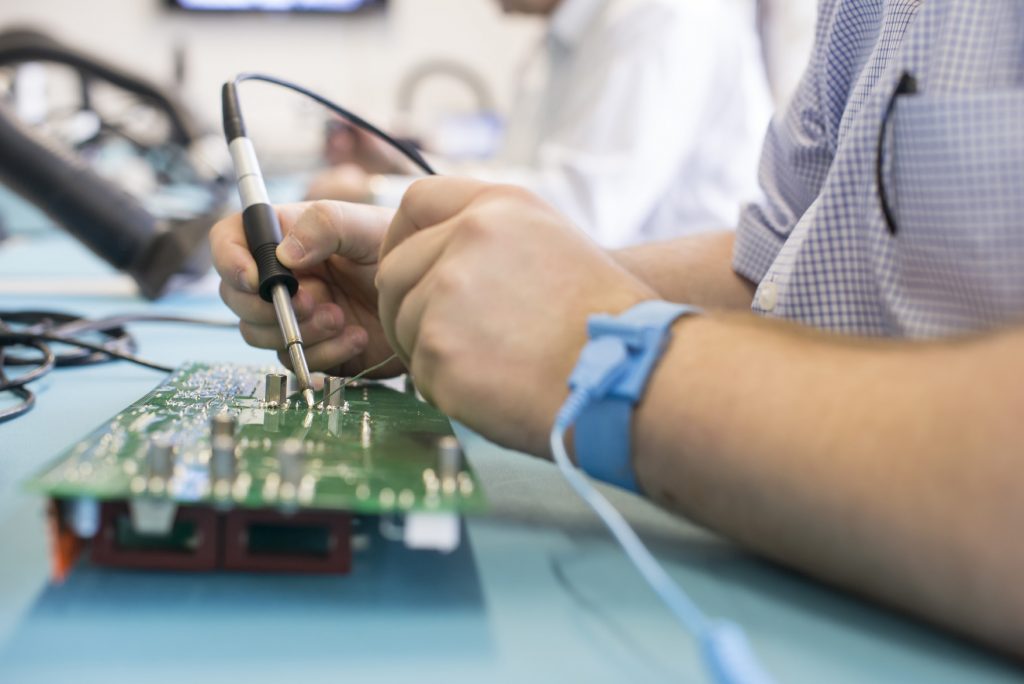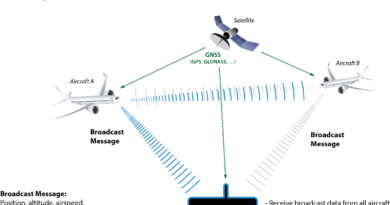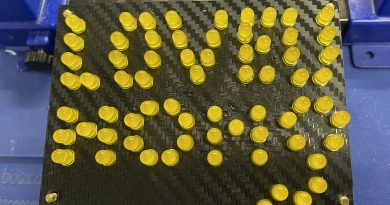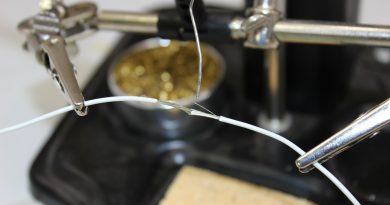Through-hole assembly? Am I too old?
A customer asked me what is through-hole assembly is? I ask myself am I too old? Through-hole assembly is a method for producing electronic circuits in which the components are installed through leads. Over time, PCB design moved from single-sided boards to double-sided boards, then came the multi-layer boards.
Table of Content
- What is Through-hole assembly?
- Pros and Cons of the through-hole assembly
- Conclusion.
What is Through-hole assembly?
Through-hole assembly is difficult to meet the requirements of modern electronics. Nowadays, SMT technology has largely replaced through-hole construction in PCB manufacturing. But through-hole assembly is still irreplaceable in some applications, such as electrolytic capacitors, connectors, and large transformers.
Pros and Cons of the through-hole assembly
There are many pros and cons when it comes to the through-hole assembly, we would list them below for your reference. With a good soldering station, you can tackle any through-hole PCB assembly repair job.
Benefit
· High reliability
The through-hole assembly provides higher environmental stress because the components are held on the board by using leads inserted into the holes rather than simply being soldered on the PCBs’ surface as the SMT components. Thus, through-hole assembly offers a more robust physical connection, making it the preferred process for the military and aerospace industries that have high-reliability requirements.
· Easy to produce
Through-hole components are easier to install or adjust their position, making this assembly method widely used in applications that need PCB testing and PCB prototyping.
· Higher durability
With high heat resistance and high-stress tolerance, through-hole components often appear in industrial machinery and equipment. Because through-hole LEDs are very bright and durable, you can find them in the LED lights on giant billboards.
· Easy to repair
The through-hole PCB component is fairly easy to replace for repair. You would need a solder braid, solder iron, and solder suction pen. On the other hand, surface mount components are fairly complicated to replace this ultimately causes the board to be thrown away. Check this article on, how to set up an Indoor soldering station if you want to learn more.
Drawn back
· Lower manufacturing efficiency
Due to the extra step of drilling and holding the components using leads, through-hole assembly is time-consuming, which causes higher costs and lower production efficiency.
· Limited PCB design
Through-hole assembly is not suitable for multi-layer PCBs because drilled holes must cover all layers of the board, which increases the difficulty of layout design and PCB manufacturing. And the entire size of the board would also be bigger than SMT PCBs, causing their application area to be more restricted.
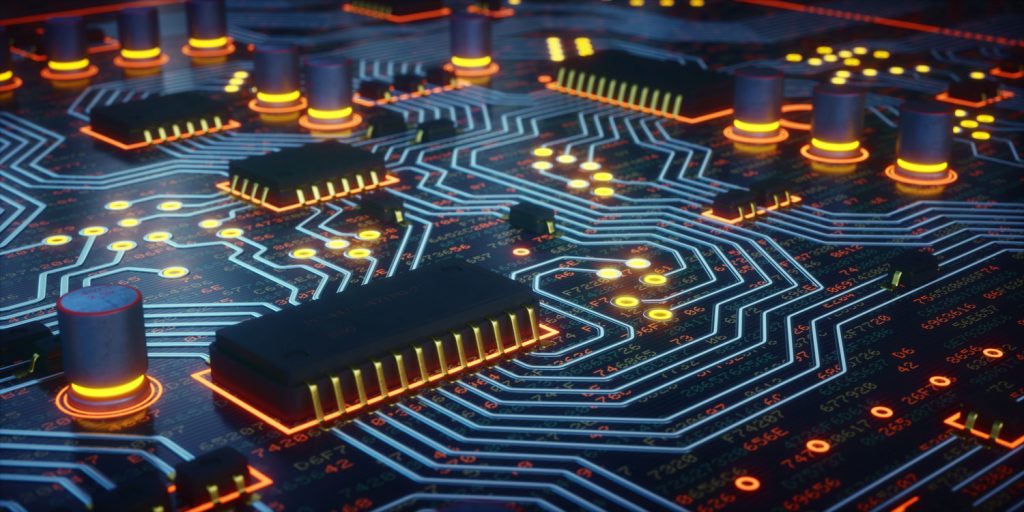
Conclusion
Through-hole assembly is a method for producing electronic circuits in which the components are installed through leads. There are many pros and cons when it comes to the through-hole assembly. However, With a good soldering station, you can tackle any through-hole PCB assembly repair job.
